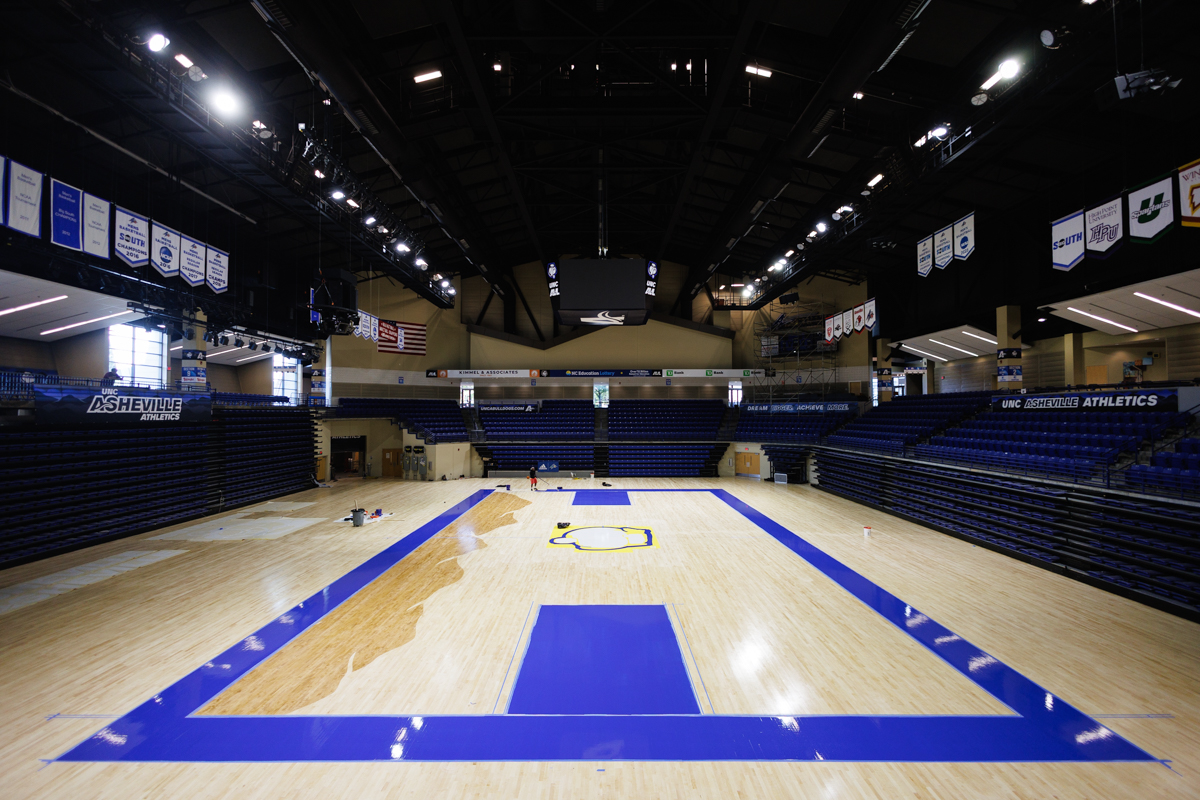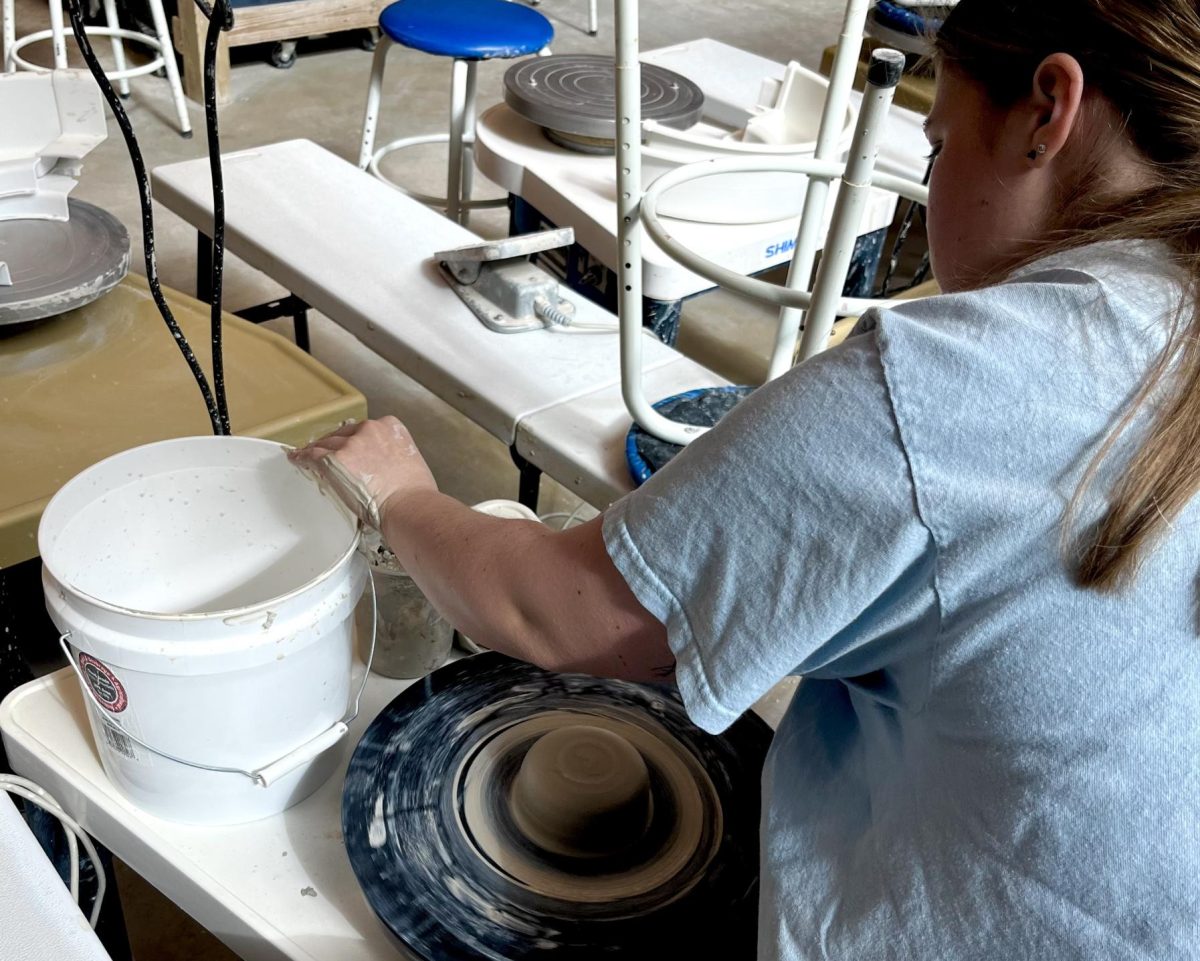by Max Miller – Staff Writer – [email protected]
Only in Asheville could a dilapidated, graffiti-covered, asbestos-infested warehouse become a cherished landmark.
It may be a crime-ridden haven for the homeless that is surrounded in asbestos, but the ice house, an abandoned building in the River Arts District known for its iconic chimney, has many fans in this city, and they are upset the Asheville City Council voted for its demolition in January.
If people could look past their romanticizing ways, they would see why demolishing the ruins of Asheville’s past could prove a boon for its future. Attempting to make use of the land the ice house stands on would benefit the city more financially than leaving it standing.
The only member to vote against the ice house’s demolition was Cecil Bothwell, who has a history in building trades. He said the ice house should be preserved until there is a solid plan for the use of the 50,000 square feet of land the building occupies.
“Existing structures embody a great deal of energy and material,” Bothwell said via email. “We are entering an era of resource scarcity. It seems to me that we should ‘measure twice and cut once’– that is, stop and think hard before we demolish large structures.
Regarding the area’s crime and the homeless who have made a camp out of the abandoned structure, Bothwell believes there are cheaper alternatives to demolition.
“What appears too costly today may not seem too costly a few years down the road,” Bothwell said. “It would be cheaper to seal entrances with masonry than to demolish the building.”
While Bothwell’s desire to wait is logical and seeks to avoid risk, it is not very proactive.
The Council appears to agree renovation of the ice house is too costly to pursue, but leaving it standing does not offer the city an opportunity to properly benefit from the space. Even if sealing the entrances is cheap and could reduce the crime and homeless problems that plague the plot, it leaves the building useless, just a crumbling structure preserved for its own sake.
The Council’s vote allotted $145,000 for the demolition, and Bothwell said the space will be used for parking and eventually be sold for redevelopment. Instead of trying to sell a wreck of a building that would require costly renovations or trying to undertake those renovations to preserve the building for historical purposes, the city now can offer up a large plot in the heart of the River Arts District, an area loved by locals and tourists alike.
The ice house is within walking distance from popular barbecue restaurant, 12 Bones, as well as the many art studios the area is famous for. It is a prime piece of real estate for developers looking to cash in on the area’s popularity, which will likely continue to climb as the city undergoes its massive ongoing redesign of the River Arts District.
Furthermore, the Council decided to preserve the towering smokestack that serves as one of the site’s most impactful visual draws. The historic chimney could prove enticing to potential developers who could use the landmark as a means of attracting attention to whatever project the space is used for. The presence of the familiar structure would give whatever new building occupies the space a sense of history while still allowing for progress.
After all, it is mostly history that has inspired locals to oppose the decision for demolition. Residents of the River Arts District who attended the Council meeting in January asked the Council to preserve as much of the ice house as possible, and suggested the city erect historical placards around the building or even to convert the structure into a museum dedicated to the area’s rich history.
As idealistic as these suggestions may be, they would not serve the city’s best interests.
The placards would be a frivolous expenditure, albeit a minor one, and the museum, while an interesting idea, would require the costly renovations mentioned earlier, and would likely not bring the city the potential revenue that other ventures could provide.
I do not intend to belittle the historical value of the ice house. The ice house is part of Asheville, and even in its current state of disrepair, it has a certain character. But change is a necessary part of the River Arts District’s future as a thriving community of merchants and artisans, and it would be wrong of the city to forfeit this opportunity based solely on historic sentimentality.
The ice house will be missed, but its demolition will not be without warrant.
With any luck, it will give way to a new building that can serve Asheville better for the next century.
Categories:
Demolished ice house can be positive change for Asheville
February 13, 2013
0
More to Discover


















